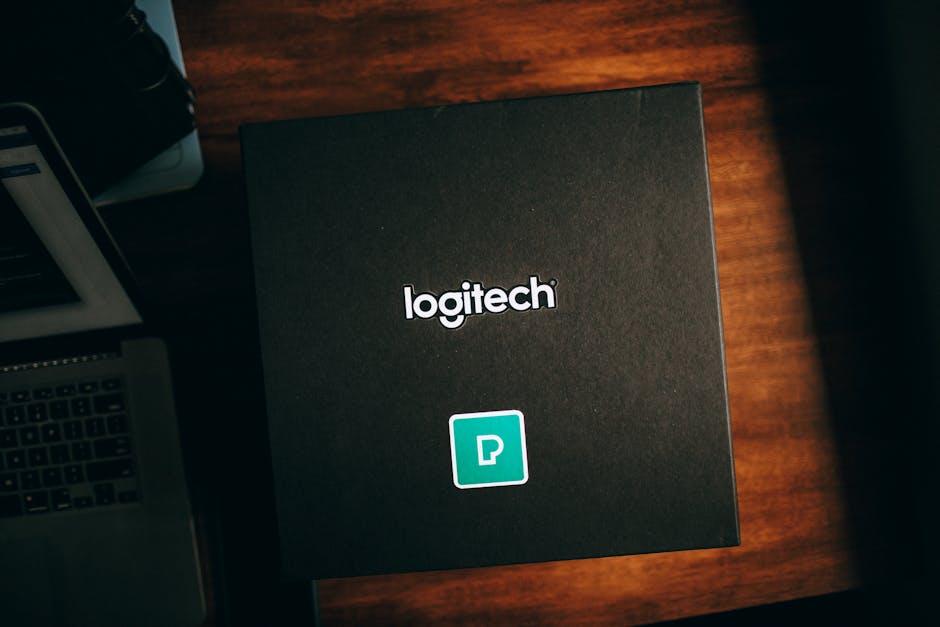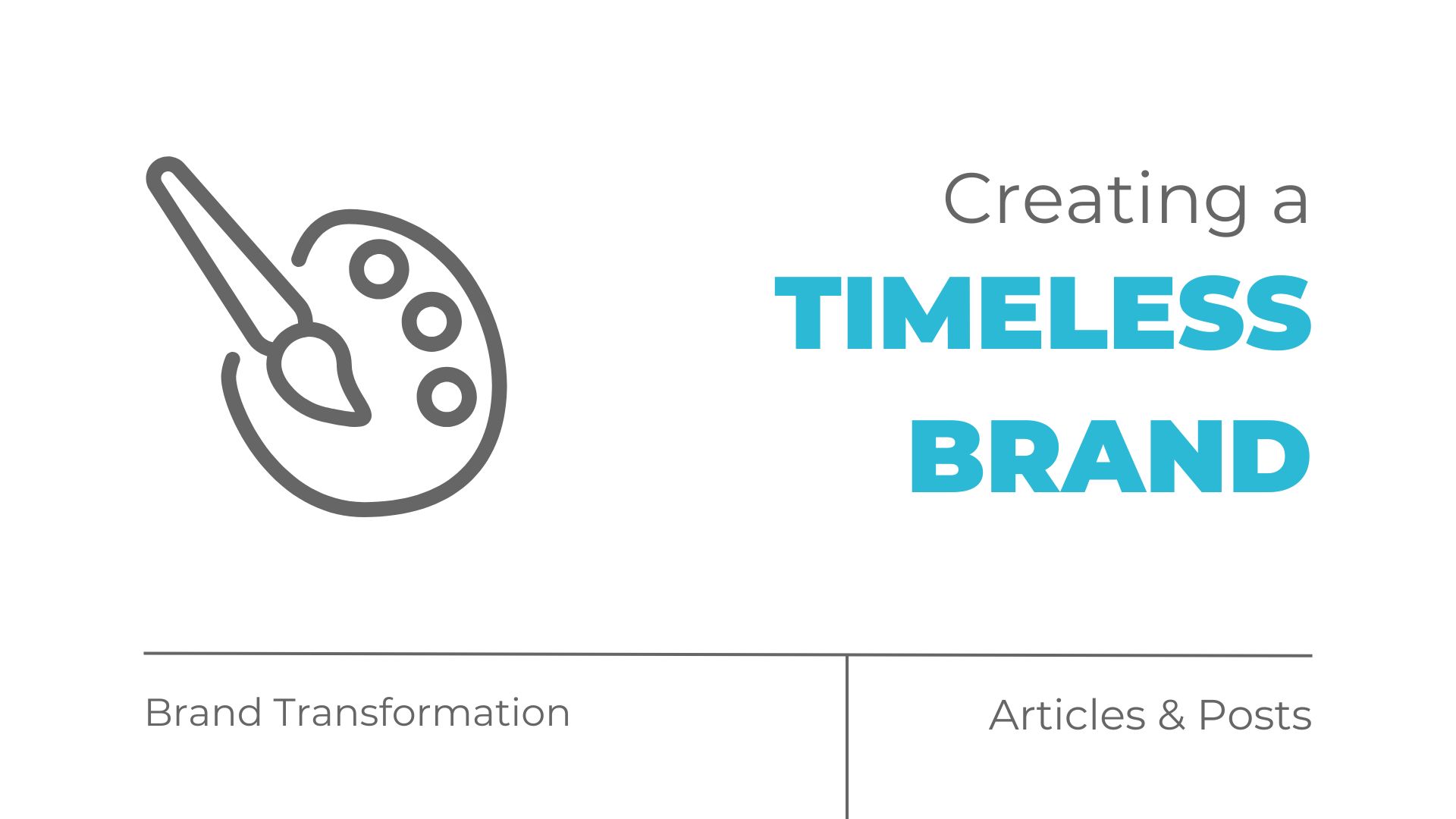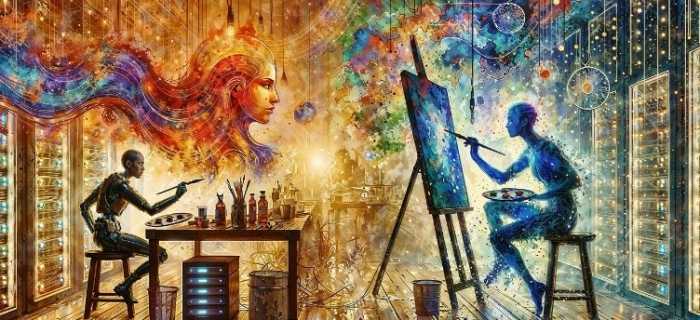
Are you tired of creating logos that look like they were designed by your grandma’s cat? Fear not, logo design rookies, for we have compiled the ultimate guide to mastering the art of graphic principles. Get ready to level up your design game and say goodbye to amateur hour – because it’s time to unleash your inner design ninja!
Understanding the Importance of Logo Design
Logos are like the cherry on top of a sundae – they may seem small, but they pack a big punch! Here are just a few reasons why logo design is so important:
- Brand Recognition: Your logo is the face of your brand. It’s what people see first and remember later. A well-designed logo can make your brand instantly recognizable, like spotting your best friend in a crowded room.
- Professionalism: A logo gives your brand credibility. It shows that you’ve put time and effort into crafting your image, just like how wearing a suit makes you look like a serious adult.
- Stand Out from the Crowd: In a sea of competitors, a unique logo can help you stand out. It’s like wearing a funky hat at a party – people will remember you for it!
So the next time you think about skipping out on investing in a logo, remember that it’s not just a design - it’s your brand’s first impression to the world.

Exploring Key Graphic Principles
Let’s dive into the wonderful world of graphic design principles, shall we?
First up, we have balance. It’s like trying to find the perfect equilibrium between eating a salad and devouring a pizza. You want to make sure that your design isn’t lopsided like a seesaw with only one person on it. Whether it’s symmetrical or asymmetrical, balance is key.
Next, we have contrast. Think of it as pairing a black turtleneck with neon green parachute pants. You want elements of your design to stand out and grab attention, but not in a way that makes people question your fashion choices. Contrast adds depth and visual interest to your work.
And let’s not forget about repetition. It’s like eating the same meal every day for a week, but in a good way. Repeating certain elements throughout your design creates unity and helps guide the viewer’s eye. Plus, it’s a great way to establish a consistent visual identity.

colors-and-typography“>Choosing the Right Colors and Typography
When it comes to for your design project, you want to ensure that everything is a perfect match like peanut butter and jelly, Batman and Robin, or cats and internet memes.
First things first, consider the mood you want to convey with your design. Are you looking to create a sleek and modern vibe? Go for a trendy color palette like millennial pink, avocado green, and in-your-face neon yellow. Want to evoke a sense of sophistication and elegance? Opt for classic colors like navy blue, emerald green, and wine red. Just remember, colors have feelings too, so treat them with kindness and respect!
Next, let’s talk typography. Fonts are like shoes – they have to be the right fit for the occasion. Make sure to choose a font that not only looks good but also matches the overall vibe of your design. Need something bold and attention-grabbing? Try a chunky sans-serif font like Helvetica Bold or Comic Sans (just kidding, please never use Comic Sans). For a more elegant and refined look, consider a delicate serif font like Times New Roman or Garamond – they’re like the fancy champagne flutes of the font world.
In conclusion, finding the perfect colors and typography for your design project is like finding your soulmate – it takes time, effort, and maybe a few embarrassing online tests. But once you’ve found the perfect pairings, your design will shine brighter than a disco ball at Studio 54. So go forth, my graphic design gurus, and create something truly magical with the power of colors and typography!
Creating Memorable and Timeless Logos
When it comes to , there are a few key things to keep in mind. First and foremost, simplicity is key. You don’t want your logo to be so cluttered that it leaves people scratching their heads trying to figure out what it represents. Keep it clean and easy to recognize.
Another important aspect to consider is the use of color. Choose a color scheme that is not only visually appealing but also reflects the personality of your brand. Remember, colors can evoke specific emotions and associations, so choose wisely!
Using bold and unique typography can also help make your logo stand out from the crowd. Don’t be afraid to experiment with different fonts and styles to find the one that best represents your brand’s identity.
Lastly, don’t forget about scalability. Your logo should look just as good on a business card as it does on a billboard. Make sure it can be easily resized without losing its impact. With these tips in mind, you’ll be well on your way to creating a logo that will stand the test of time.

Balancing Simplicity and Complexity
When it comes to finding the perfect balance between simplicity and complexity, it can feel like you’re walking a tightrope between a minimalist’s dream and a maximalist’s nightmare. But fear not, achieving harmony in your life is not as hard as it may seem!
One way to strike that delicate balance is by embracing the beauty of simplicity through decluttering your space, simplifying your daily routine, and embracing a more minimalist lifestyle. Less is more, right?
On the flip side, don’t be afraid to let your creativity shine through and embrace the complexity of life. Dive into intricate hobbies, challenge yourself with new skills, and don’t shy away from tackling complex problems head-on. After all, life is too short to be basic!
Remember, finding the perfect equilibrium between simplicity and complexity is all about embracing the yin and yang of life. So go ahead, embrace the simplicity of a clutter-free space while also indulging in the complexity of a rich and dynamic life. Who said you can’t have your cake and eat it too?
Utilizing Negative Space for Impact
When it comes to design, sometimes less is more. By utilizing negative space effectively, you can create a powerful impact that grabs your audience’s attention and leaves a lasting impression.
Here are some tips and tricks to make the most out of negative space in your designs:
- Keep it simple: Don’t overcrowd your design with too many elements. Give your design room to breathe by incorporating plenty of negative space.
- Focus on the positive: The empty spaces in your design can draw the viewer’s eye to the most important elements, making them stand out even more.
- Experiment with placement: Play around with how you use negative space to create interesting compositions and visual effects.
Remember, negative space doesn’t have to be boring – it can be a powerful tool for creating visual impact in your designs. So don’t be afraid to get creative and think outside the box!
Implementing Versatility and Scalability
In today’s fast-paced world, it’s essential for businesses to be able to adapt and grow quickly. is crucial for staying ahead of the competition and meeting the demands of your customers. With the right strategies in place, you can ensure that your business is ready to tackle any challenges that come its way.
One key factor in is having a strong and flexible infrastructure. This means having the right technology and tools in place to support your business’s growth and expansion. Whether it’s investing in cloud computing services, upgrading your hardware, or implementing new software solutions, having a solid foundation is essential for success.
Another important aspect of is having a dynamic and adaptable team. Encouraging creativity, innovation, and a willingness to try new things can help your business stay agile and responsive to changing market conditions. By fostering a culture of collaboration and open communication, you can empower your employees to think outside the box and come up with creative solutions to any challenges that arise.
Ultimately, is all about being prepared for whatever the future may hold. By staying flexible, adaptable, and open to change, your business can navigate any obstacles that come its way and continue to thrive in a constantly evolving market. Embrace the challenge, think big, and never be afraid to try something new – your business’s future depends on it!
FAQs
Why is logo design important?
Well, without a logo, how else are you going to show off your amazing design skills to the world? Plus, it’s what helps make a brand memorable and recognizable.
What are some basic graphic principles to keep in mind when designing a logo?
Think about things like balance, symmetry, simplicity, scale, and contrast. Basically, make it look good and make sure people can actually read what it says.
How can I make my logo stand out from the competition?
Have you tried adding some pizzazz? Maybe throw in a pop of color, a unique font, or an unexpected design element. Just don’t go overboard – subtlety is key.
What should I do if I’m stuck and can’t come up with any logo ideas?
Take a break, go for a walk, grab a coffee – basically, anything that doesn’t involve staring blankly at your computer screen. Inspiration can strike at any moment, even in the bathroom.
Is it better to have a simple or complex logo design?
Think about it this way: do you want people to look at your logo and go, “Wow, that’s cool!” or “Wait, what am I looking at?” Keep it simple, folks.
What’s the biggest mistake people make when designing a logo?
Trying to please everyone. Newsflash: you can’t make everyone happy, so just focus on creating something that represents the brand well and makes you proud.











